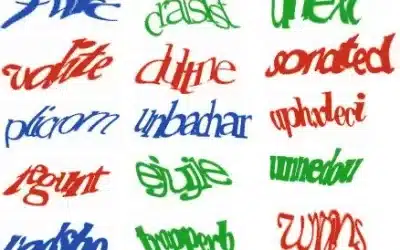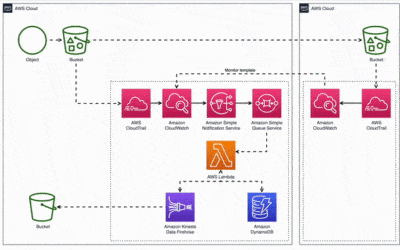
Welcome to the Algo – World
Are you interested in learning about different types of algorithms and how they can be implemented in Python? Are you preparing for technical interviews with companies like Google, Facebook, Amazon, and other top tech companies? Then you’ve come to the right place! Welcome to our new blog on algorithms in Python.
What can you expect here?
In this blog, we’ll explore a wide range of algorithms and data structures, focusing on those frequently asked in technical interviews. We’ll provide clear explanations, code snippets, and examples to help you learn and apply these algorithms in your own projects.
Our goal is to create a comprehensive resource for anyone who wants to learn about algorithms and data structures in Python. Whether you’re a beginner or an experienced programmer, you’ll find something here to help you improve your skills and deepen your understanding of these important topics.
We’ll cover a variety of algorithmic topics, including:
- Sorting algorithms, such as bubble sort, insertion sort, selection sort, quicksort, and mergesort
- Searching algorithms, such as linear search, binary search, and interpolation search
- Graph algorithms, such as Dijkstra’s algorithm, Bellman-Ford algorithm, and Kruskal’s algorithm
- Dynamic programming algorithms, such as the knapsack problem, the longest common subsequence problem, and the maximum sum subarray problem
- String algorithms, such as the Boyer-Moore algorithm, the Knuth-Morris-Pratt algorithm, and the Rabin-Karp algorithm
- Numerical algorithms, such as the Newton-Raphson method, the binary exponentiation algorithm, and the Euclidean algorithm for finding the greatest common divisor
We’ll also cover various data structures frequently used in these algorithms, such as arrays, linked lists, stacks, queues, trees, and hash tables.
Aim and focus of this Blog
We will focus on providing clear and concise explanations of these algorithms, along with code examples in Python. We’ll also provide tips and strategies for solving common algorithmic problems, and we’ll discuss best practices for coding and testing these algorithms.
In addition to providing content on algorithms and data structures, we also want to create a community of learners who are passionate about programming and eager to improve their skills. We encourage you to ask questions, share your insights, and engage in discussions with other members of our community.
Whether you’re a student preparing for technical interviews, a professional looking to improve your programming skills, or just someone who is interested in learning more about algorithms and data structures, we believe that this blog can be a valuable resource for you.
So, join us on this exciting journey into the world of algorithms in Python. Let’s explore together and unlock the power of programming!
Last but not the least
Here all the algorithms are categorized based on their complexity – Easy, Medium, and Difficult. Each problem might have more than one solution. I will try to post one of those which are best from a time and space complexity point of view. In each solution, I will also provide its complexity in Big O notation format.
So here is your first easy algorithm – Classic Two Number Sum Problem
Welcome to the Algo-World
Are you interested in learning about different types of algorithms and how they can be implemented in Python? Are you preparing for technical interviews with companies like Google, Facebook, Amazon, and other top tech companies? Then you’ve come to the right place! Welcome to our new blog on algorithms in Python.
Gigabytes vs. Gibibytes: Decoding the Storage Capacity Confusion
GB and GiB: Do you think that GB and GiB are used interchangeably and they mean the same thing? Are they equal? Well,...
How does I’m not a robot” checkbox work?
When you’re prompted to tick a basic checkbox “I am not a Robot,” you might wonder: if robots can accomplish nearly...
Two simple Steps to Animate your Draw.io diagram
Ever felt lost trying to understand how a website works or how your data gets from point A to point B? Flow diagrams...
Recommended articles
Recommended Articles
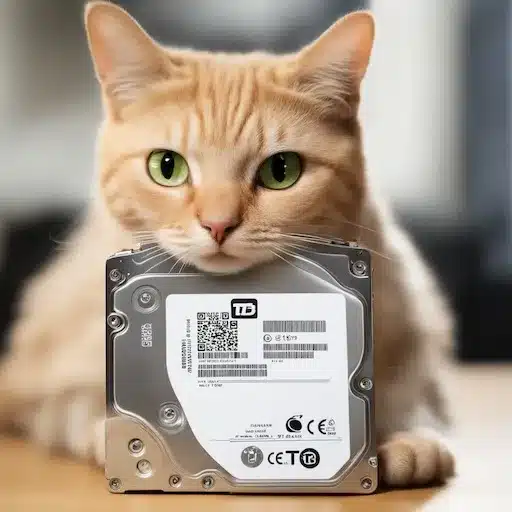
Gigabytes vs. Gibibytes: Decoding the Storage Capacity Confusion
GB and GiB: Do you think that GB and GiB are used interchangeably and they mean the same thing? Are they equal? Well,...
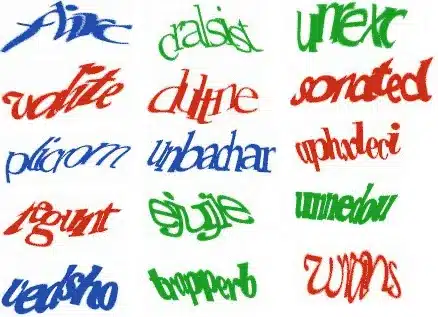
How does I’m not a robot” checkbox work?
When you’re prompted to tick a basic checkbox “I am not a Robot,” you might wonder: if robots can accomplish nearly...
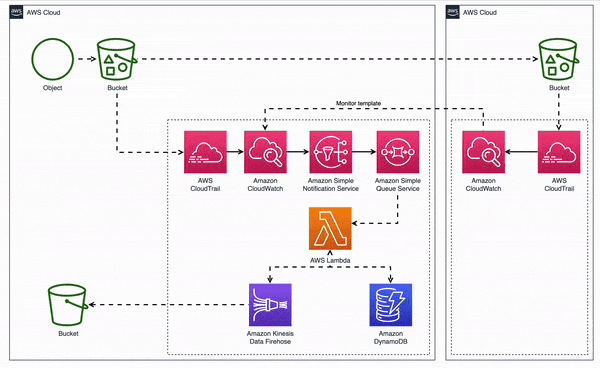
Two simple Steps to Animate your Draw.io diagram
Ever felt lost trying to understand how a website works or how your data gets from point A to point B? Flow diagrams...
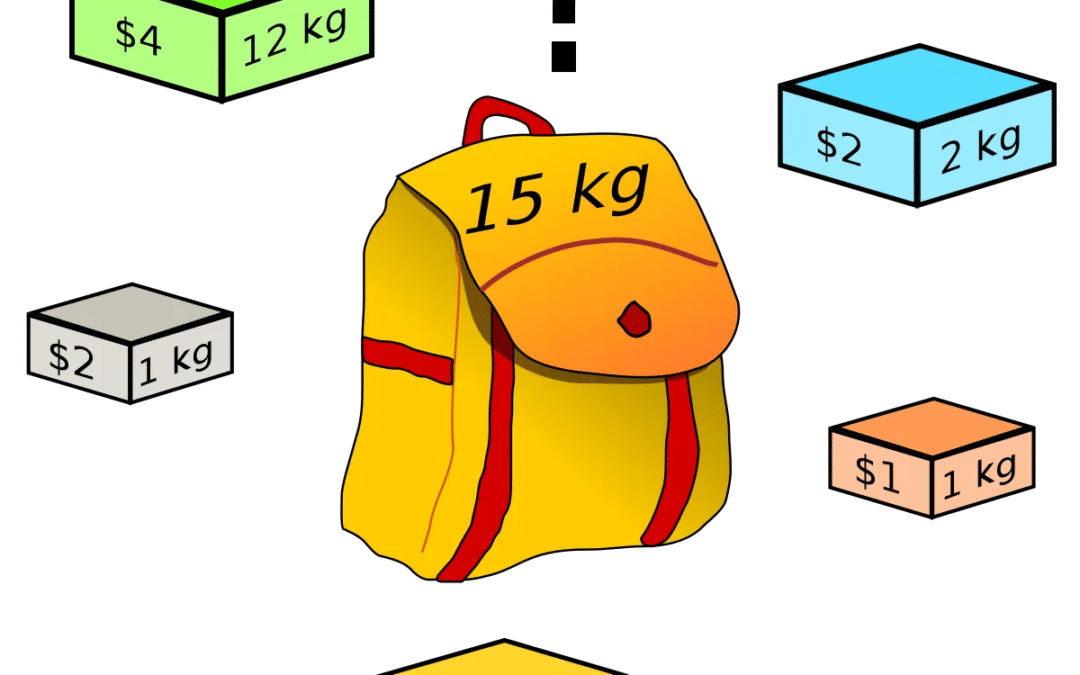
Knapsack Problem: Algorithms, Real-world Applications, and Python Code
Dear Enthusiast, Personally, this is one of my favourite algorithm. Before we jump in to the maths and computer...

